After the National Assembly decides to establish provinces and centrally-run cities and passes the Law on Organization of Local Government, the Resolutions of the National Assembly Standing Committee on the arrangement of commune-level administrative units in 2025 will be signed and promulgated.
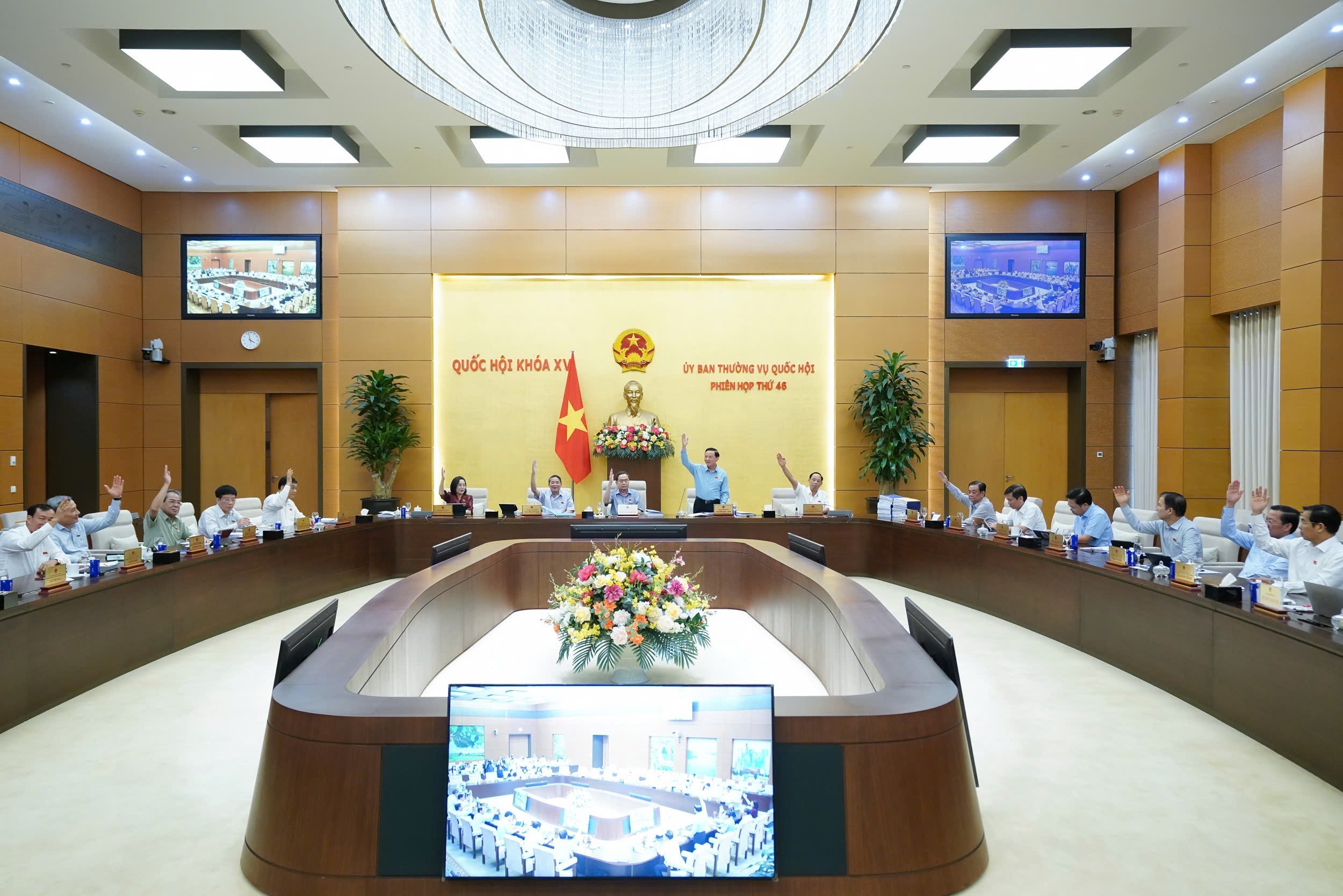 |
| The National Assembly Standing Committee voted in principle to approve 34 Resolutions on the arrangement of commune-level administrative units in 2025 of 34 new provinces and cities. (Photo: quochoi.vn) |
There are 34 provincial administrative units left after the arrangement.
According to the Vietnam National Assembly Electronic Information Portal, presenting a summary of the Proposal on the arrangement of provincial-level administrative units in 2025, Minister of Home Affairs Pham Thi Thanh Tra stated that after the arrangement, the whole country will have 34 provincial-level administrative units including 6 centrally-run cities and 28 provinces.
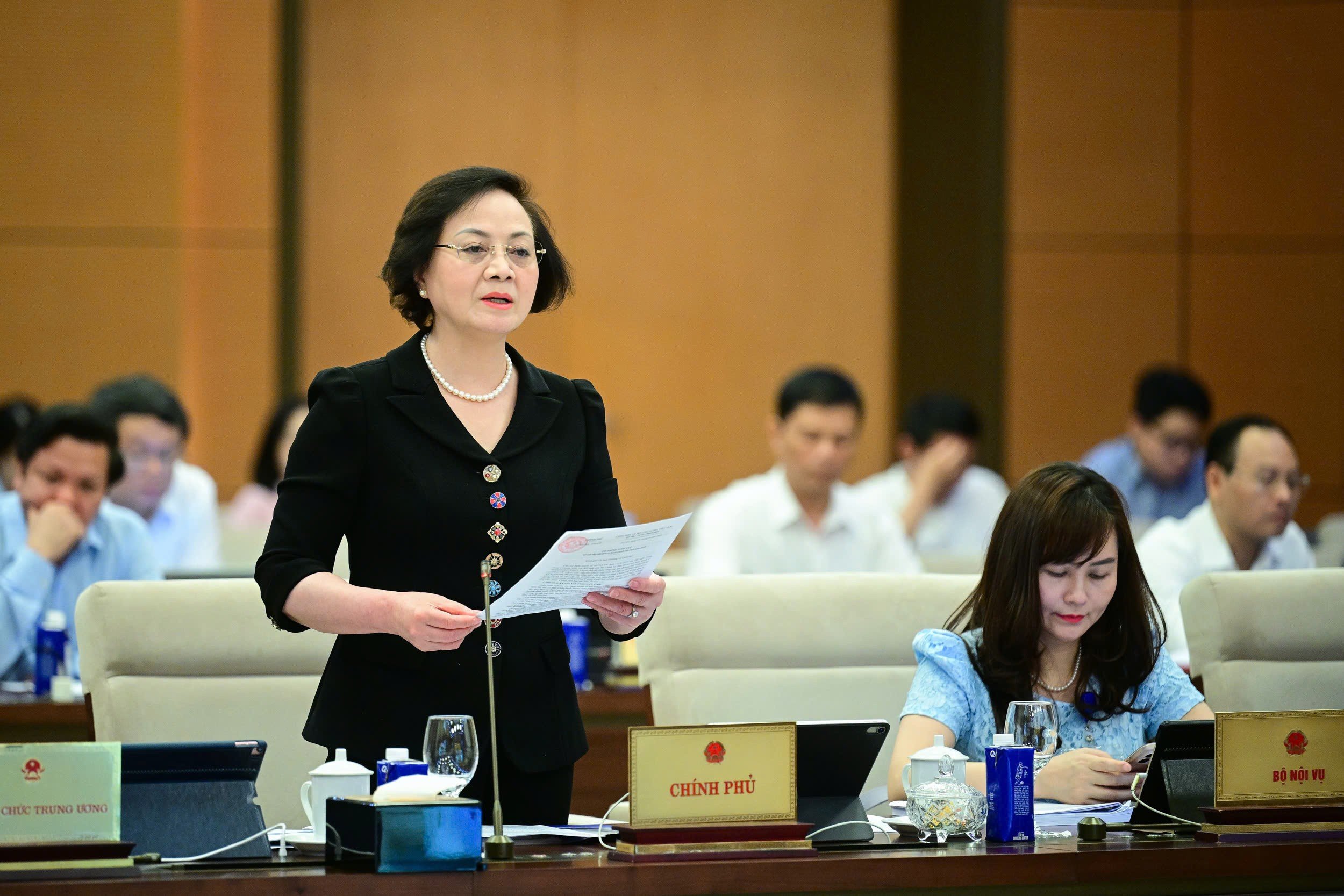 |
| Minister of Home Affairs Pham Thi Thanh Tra presented the Report. (Photo: quochoi.vn) |
Regarding procedures, the Government has assigned localities to develop projects to rearrange administrative units of each pair of provinces; organize public consultation and approve them to People's Councils at all levels according to regulations. The results of public consultation achieved a high consensus rate, the national average was 96.19% and 100% of People's Councils at provincial, district and communal levels of 52 provinces and cities voted in favor of the policy of rearranging provincial administrative units of their localities. The Ministry of Home Affairs has appraised, synthesized and built into a dossier the Government's Project on the rearrangement of provincial administrative units in 2025. The Government has voted and approved the dossier of the Project on the rearrangement of provincial administrative units in 2025 to submit to the National Assembly.
Minister of Home Affairs Pham Thi Thanh Tra said that after the arrangement, the maximum number of cadres, civil servants and public employees at the provincial level must not exceed the total number of cadres, civil servants and public employees (number present) at the provincial level before the arrangement and the implementation of staff streamlining associated with restructuring and improving the quality of the cadres, civil servants and public employees, ensuring that within 5 years, the arrangement is basically in accordance with regulations.
The arrangement and use of headquarters, handling of public finances and assets after the reorganization of provincial-level administrative units will be carried out in accordance with Government regulations, the direction of the Prime Minister and the guidance of the Ministry of Finance. At the same time, the People's Committees of the provinces and cities implementing the reorganization have plans and schemes for the arrangement, use, investment in repair, renovation and upgrading of working headquarters, ensuring working conditions for agencies, organizations and units in the new provincial-level administrative units.
3,321 commune-level administrative units after rearrangement, down 66.91%
Presenting the Summary Report on the arrangement of commune-level administrative units in 2025, Minister of Home Affairs Pham Thi Thanh Tra said that out of the total 10,035 commune-level administrative units currently in the country, 9,907 commune-level administrative units will be arranged and 128 commune-level administrative units will not be arranged (remain the same) because they have met both standards on natural area and population size or have special factors (isolated location) according to the provisions of Resolution No. 76/2025/UBTVQH15. Provinces and cities have developed 3,193 plans to arrange 9,907 commune-level administrative units to form 3,193 new commune-level administrative units, reducing 6,714 units.
As a result of implementing the arrangement of commune-level administrative units in 2025, the whole country will have a total of 3,321 commune-level administrative units, a reduction of 6,714 commune-level administrative units (a reduction rate of 66.91%).
Regarding procedures, the Minister of Home Affairs said that, based on Resolution No. 76/2025/UBTVQH15 and guiding documents of central agencies, the People's Committees of provinces and cities have developed a dossier on the Project on rearranging commune-level administrative units in 2025, organized public consultations and approved by People's Councils at all levels according to regulations. The results of public consultations achieved a high rate of consensus among voters, with an average nationwide rate of nearly 96% of voters representing households agreeing and 100% of People's Councils at provincial, district and communal levels of provinces and cities approving the policy of rearranging commune-level administrative units in the area.
Based on the Project dossiers of 63 provinces and cities, the Ministry of Home Affairs has appraised and compiled 34 Project dossiers of the Government on the arrangement of commune-level administrative units according to new pairs of provinces, submitted to the Government for approval and submitted to the National Assembly Standing Committee for consideration and decision.
In addition, the Report also clearly states the plan to arrange and perfect the organizational apparatus, arrange and assign cadres, civil servants and public employees after arranging commune-level administrative units and arranging and assigning headquarters, handling public finances and assets.
The apparatus arrangement must ensure political stability above all.
Commenting on the arrangement of commune-level administrative units, National Assembly Chairman Tran Thanh Man said that the National Assembly Standing Committee decided to merge commune-level administrative units from 10,035 communes to 3,321 communes. The National Assembly Chairman highly appreciated the urgent and responsible working spirit of the Ministry of Home Affairs and the proactiveness of localities.
 |
| National Assembly Chairman Tran Thanh Man speaks at the session. (Photo: quochoi.vn) |
The National Assembly Chairman said that the most important thing is to arrange staff. After the arrangement, we must resolve the policy on the number of full-time and part-time staff.
“The important thing is that in these 3,321 communes, who will be selected as the Secretary, Deputy Secretary of the People's Council, the Deputy Secretary will be the Chairman of the People's Committee, the Chairman of the People's Committee must be knowledgeable about state management and have experience. The issue of selecting commune-level personnel is extremely important, but special attention must be paid to the personnel of the Chairmen of the People's Committees of communes, wards, and special zones,” said the National Assembly Chairman.
Regarding the issue of assets, the National Assembly Chairman suggested that attention should be paid to the issue of handling assets after the arrangement, to avoid the situation of "not having what is needed, and not using what is available".
Regarding the Project on the arrangement of provincial-level administrative units, the National Assembly Chairman stated that this Resolution is also different from the previous one, which only stipulates general principles, then the Government continues to issue a guiding Decree, and relevant ministries will have Circulars to guide localities. The National Assembly Chairman noted that decentralization and delegation of authority must be calculated to apply information technology, digital transformation and artificial intelligence AI in this administrative unit arrangement as well as in the work of disseminating and popularizing the law.
The National Assembly Chairman said that the arrangement of administrative units at the commune and provincial levels is an extremely important and complicated task, requiring careful consideration because it is related to streamlining the apparatus.
“The arrangement of the apparatus must ensure political stability above all, then ensure security and the rights of the people, and must comply with the law. We make the above decisions but must make them internally clear, and the people must also be clear. Only then can we successfully implement them, contributing to the implementation of the Party's major policy this time,” the National Assembly Chairman emphasized.
Source: https://thoidai.com.vn/ca-nuoc-co-34-unit-vi-hanh-chinh-ca-p-tinh-va-3321-unit-vi-hanh-chinh-cap-xa-sau-sap-xep-214041.html





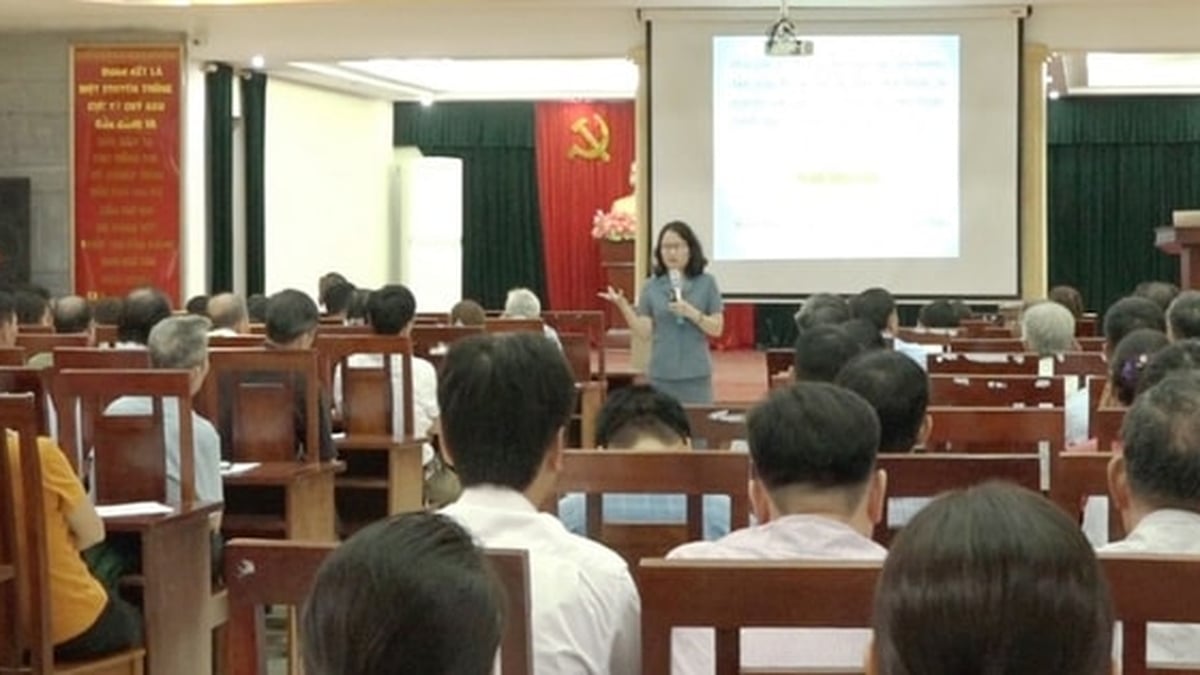

























































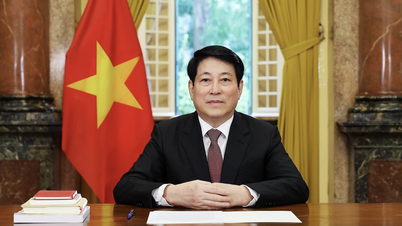



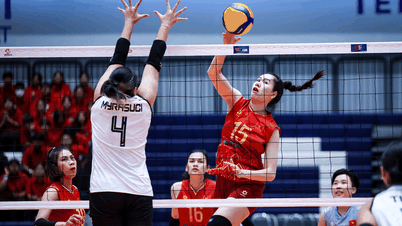
































Comment (0)